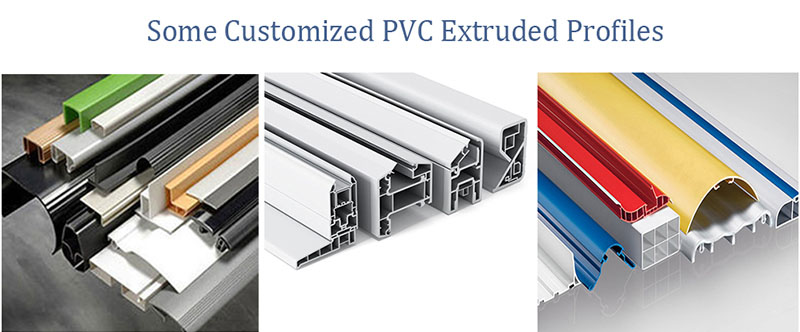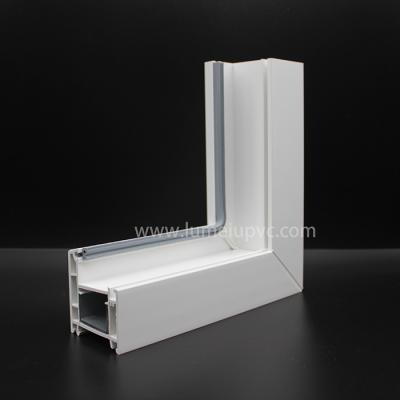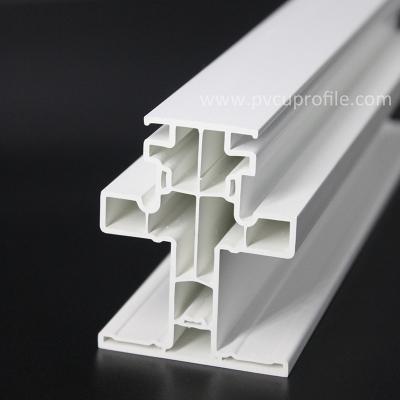Production Process of UPVC Profile
UPVC profiles are widely used in the construction industry as they are durable, energy-efficient, and low maintenance. In order to ensure the quality of UPVC profiles, it is important to have a thorough understanding of the production process.
The production process of UPVC profile can be divided into four main stages: mixing and compounding, extrusion, cooling, and cutting.
1. Mixing and Compounding
The raw materials used in the production of UPVC profiles are PVC resin, stabilizers, plasticizers, pigments, and other additives. These materials are mixed and compounded in a high-speed mixer to form a uniform blend. The temperature and mixing time must be controlled carefully to ensure a consistent quality.
2. Extrusion
The compounded material is then fed into an extruder where it is heated, melted, and forced through a die to form the desired shape of the profile. The temperature and pressure must be carefully controlled during this process to prevent any defects in the profile, such as warping, bubbles, or discoloration.
3. Cooling
After the extrusion process, the profile is cooled using water or air. This helps to solidify the material and maintain the desired shape of the profile. The cooling process must be carefully controlled to prevent any warping or distortion of the profile.
4. Cutting
The cooled profile is then cut into the desired length and shape. The cutting process must be precise and accurate to ensure that the profiles are of the correct length and angle.
Related Products
Submitted successfully
We will contact you as soon as possible




